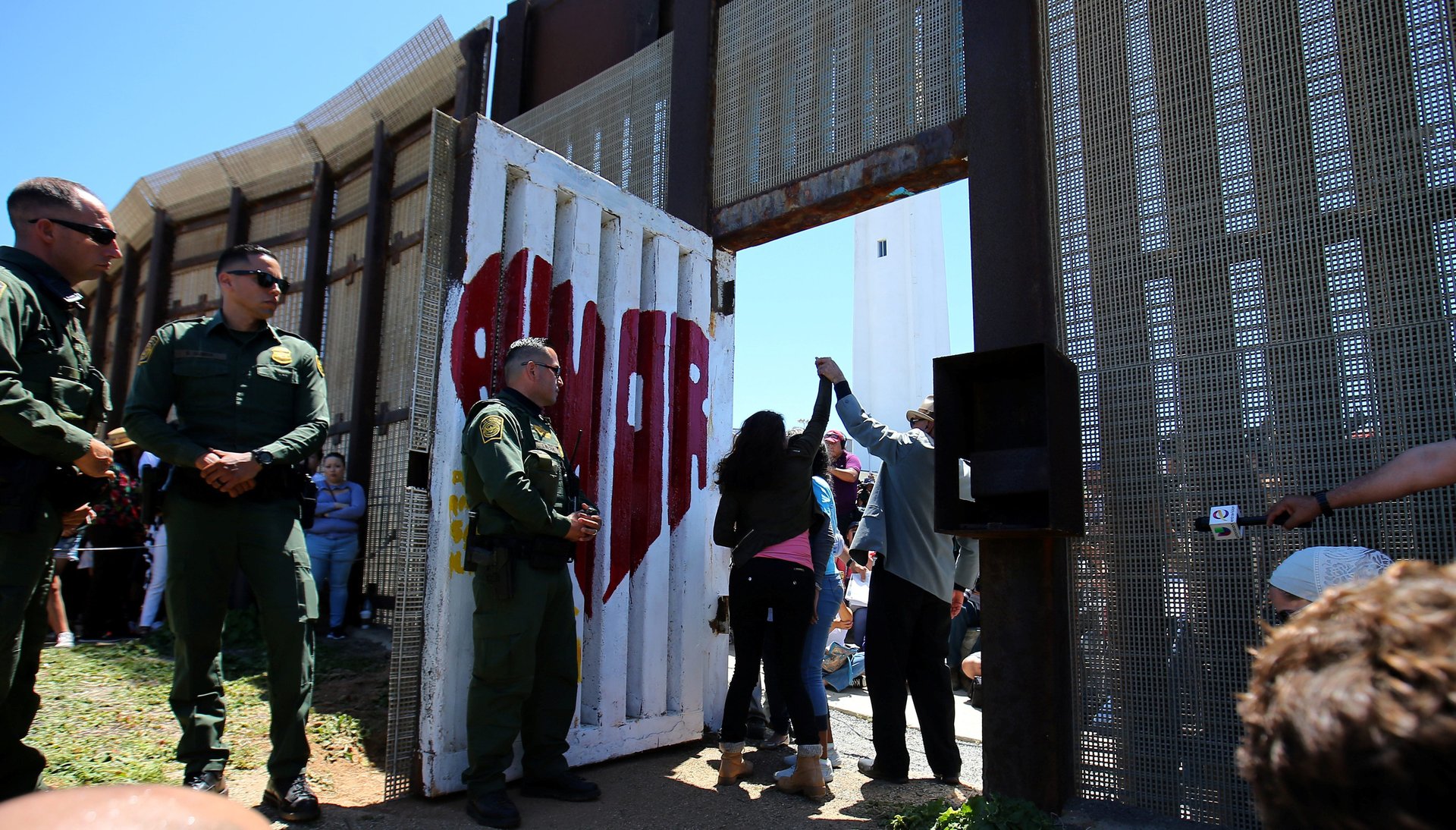Google is using a Latina queer theorist to troll Donald Trump
Gloria Anzaldúa, the American writer Google honored with the doodle in its search page Sept. 26, was the epitome of a minority.


Gloria Anzaldúa, the American writer Google honored with the doodle in its search page Sept. 26, was the epitome of a minority.
Aside from being a woman, she was Latina, a lesbian, and born in the boondocks of American political and economic power, in the Rio Grande Valley in South Texas. In spite of that, or perhaps because of it, Anzaldúa, who died in 2004 and would have been 75 on Sept. 26, is a particularly appropriate selection for the Trump era.
Her specialty was borders. In her work, they refer not only to international boundaries, but also to the chasms between genders, races, and cultures—all of which have been pried wider by the US’s divisive 2016 presidential election and by its winner’s combative rhetoric.
Back in 1987, when Anzaldúa published her most famous book, Borderlands/La Frontera: The New Mestiza, her experience might have seemed foreign to the broader American public. In the book, she describes—in both Spanish and English— what she calls the “psychic restlessness” of wandering between cultures without belonging to any of them. “The mestiza faces the dilemma of the mixed breed: which collectivity does the daughter of a darkskinned mother listen to?” she wrote.
But these days, globalization, immigration, and demographic change have redrawn those cultural borders much closer to all Americans, not just those at the edges. In a multicultural society, bumping into someone else’s culture and being confronted by it is inevitable. And as Anzaldúa pointed out back then “it’s not a comfortable territory to live in, this place of contradictions.”
To be sure, Anzaldúa wrote from a very specific side of the cultural divide, the one that has been discriminated and sidelined. But her observations are apt for everyone.
“Subconsciously, we see an attack on ourselves and our beliefs as a threat and we attempt to block with a counterstance. But it is not enough to stand on the opposite river bank, shouting questions… A counterstance locks one into a duel of oppressor and oppressed; locked in mortal combat, like the cop and the criminal, both are reduced to a common denominator of violence.”
That is no way to live, she concludes. At some point, each side has to leave the opposite bank so that “we are on both shores at once.” To achieve that, Americans could take a few tips from Anzaldúa’s mestiza: be less rigid, and more tolerant of contradictions and ambiguity. And don’t run in the opposite direction from where the warring factions collide. “It is where the possibility of uniting all that is separate occurs,” she says.
Those lessons did not escape Google, which in its doodle’s explanation, singled out Anzaldúa’s “astounding gift for transforming dividing lines into unifying visions.” It also quoted one of her most famous lines: “To survive the Borderlands / you must live sin fronteras/ be a crossroads.”
Sin fronteras means without borders in Spanish. Even if backhanded, that’s pretty scathing commentary on Donald Trump’s proposed border wall, and his America First vision.